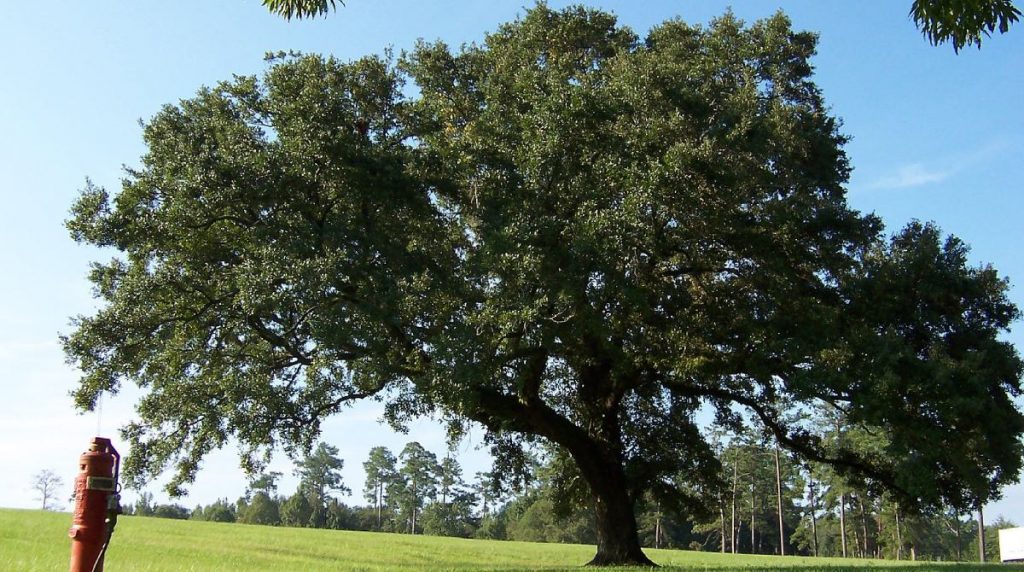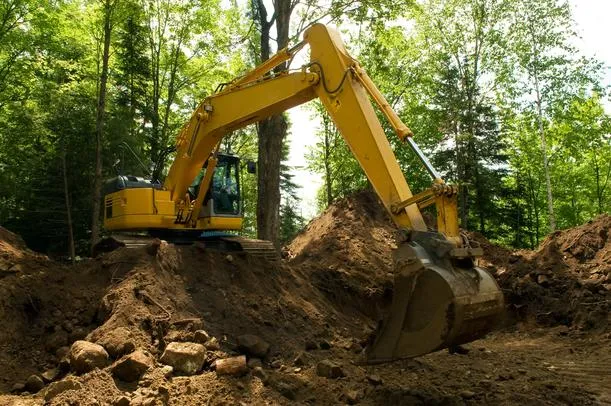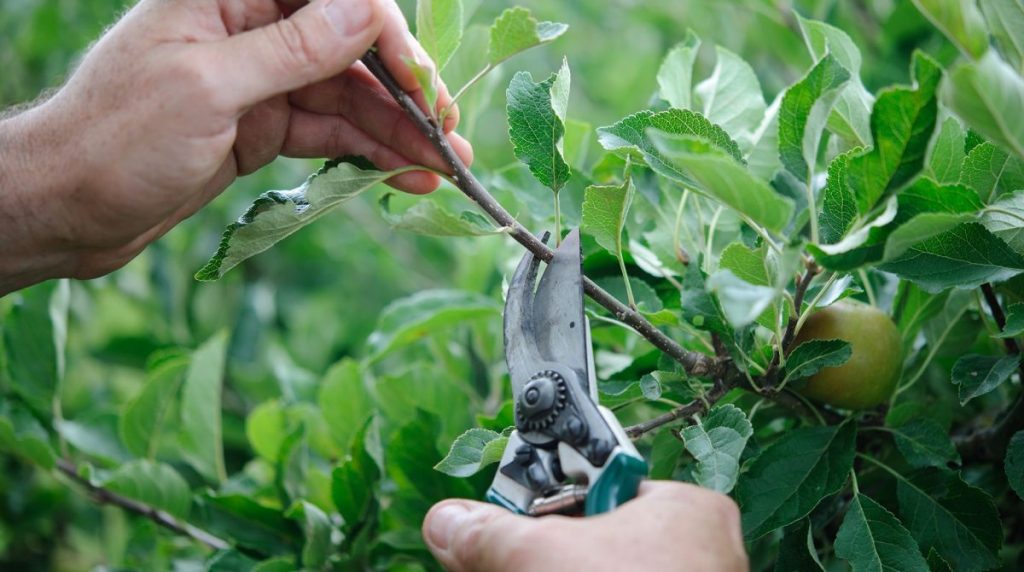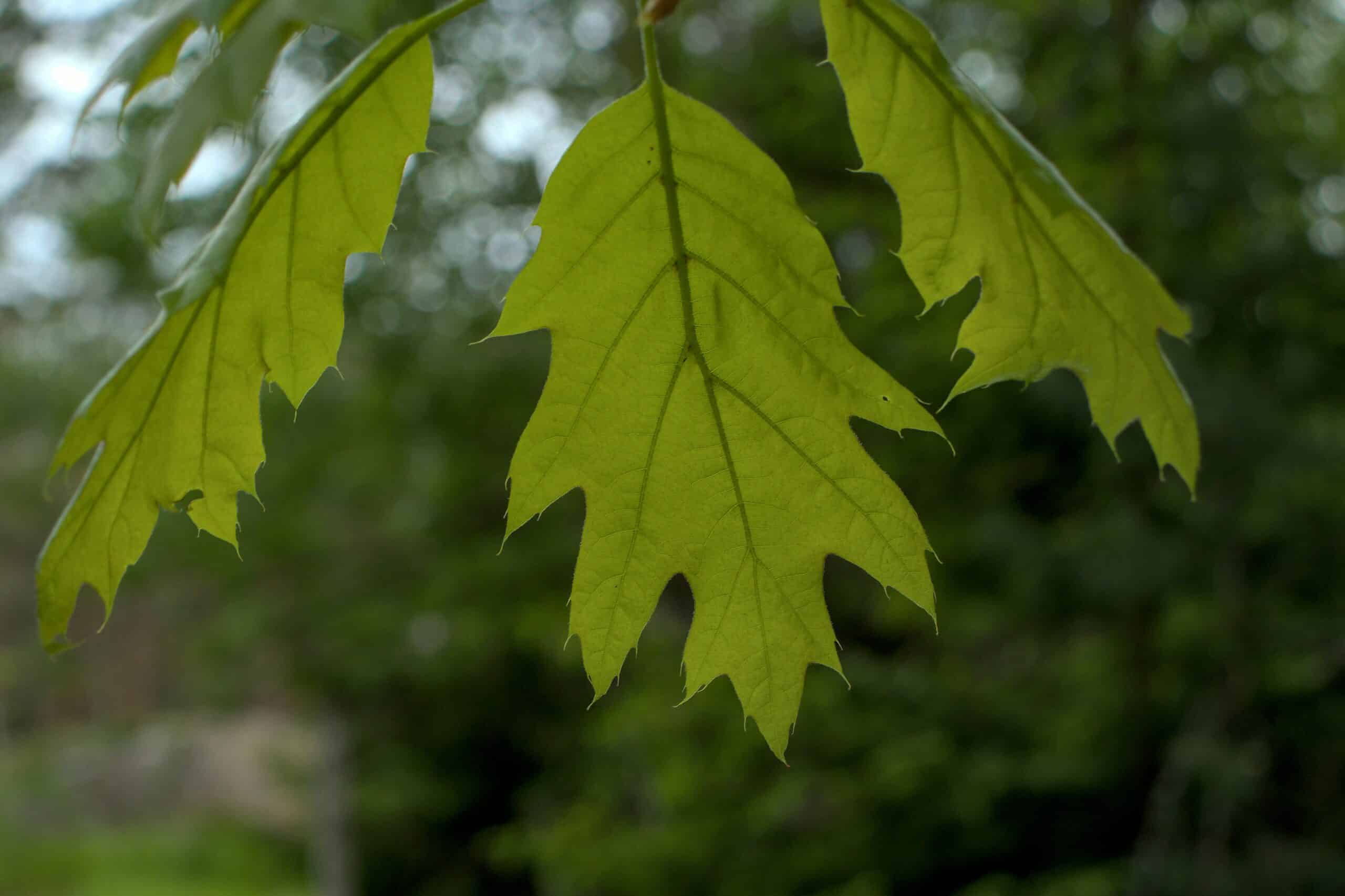
Date August 25, 2025
Category
The Benefits of Urban Trees
Urban trees are far more than an aesthetic bonus in our cities—they are vital for a healthy urban ecosystem. Their thick canopies trap air pollutants, capture stormwater runoff, and reduce temperatures, creating cooler microclimates. It’s been shown that areas with healthy tree cover can be up to 10 degrees Fahrenheit cooler than areas without, which is a crucial difference in heat-intensive city environments.
Tree-lined streets enhance air quality, reduce anxiety, encourage physical activity, and improve hospital recovery times. They also boost property values and reduce energy costs by shading homes. To sustain these multifaceted benefits, a proactive approach to tree care—including professional practices such as tree triming Colleyville—becomes essential, preventing problems before they escalate.
Spring Care Routines
As winter approaches, city trees need regular inspections and encouragement to recover from winter stress. Checking bark, branches, and the base for splitting, cavities, or infestations can help spot trouble early. Applying mulch around the base moderates soil temperature and suppresses weeds. Regular inspections can identify peeling bark, fungal growths, and sap leakage. Maintaining 2-4 inches of organic mulch is crucial. Deep watering encourages roots to spread and anchors the tree. Pruning, to remove dead or cross branches, prioritizes safety and healthy structure. Early pest management and attentive watering are essential for newly planted trees.
Summer Storm and Drought Preparation
Summer brings new challenges for urban greenery, with high temperatures and erratic rain patterns straining already-stressed trees. Consistent care is crucial, with deep, infrequent watering recommended for deeper roots. Refreshing mulch, scheduling watering in early morning or evening hours, pruning damaged or weak limbs, being alert for drought symptoms, and using shade covers for young or vulnerable trees are also recommended. These preventative strategies help trees maintain vigor and health during the hottest, driest months.
Essential Fall Tree Maintenance
Fall is crucial for urban tree preparation, as leaf shedding can harbor disease. To break pest and pathogen cycles, remove leaf piles, test soil, add fertilizer, prune only as needed, monitor trees for insects or fungal issues, and apply eco-friendly treatments if needed—supplement mulch to protect roots from cold snaps. Comprehensive fall care supports winter resilience and produces a robust flush of new growth. Record tree health and plan future planting or replanting efforts.
Winterizing Urban Trees
Urban trees face winter hazards like salt scald, freeze/thaw cycles, animal gnawing, and damaging ice or snow loads. To protect them, wrap trunks with burlap or tree guards, secure burlap around newly planted trees, refresh mulch before freezing, and use plant-safe, salt-free alternatives for sidewalk clearing. After winter storms, gently remove heavy snow from branches utilizing a broom. A watchful approach during the cold months ensures healthy trees for spring growth.
The Role of Community in Tree Health
Healthy urban forests are enhanced when residents, community groups, and cities work together. Neighborhood volunteers can address municipal shortages by watering trees, replenishing mulch, and organizing planting days. Local stewardship reduces vandalism and promotes shared responsibility. Even small actions like protecting roots during sidewalk repairs can significantly improve urban landscapes’ quality, safety, and beauty.
Contact us today to schedule with one of our ISA Certified Arborists.
Photo by Tommy Kwak on Unsplash
